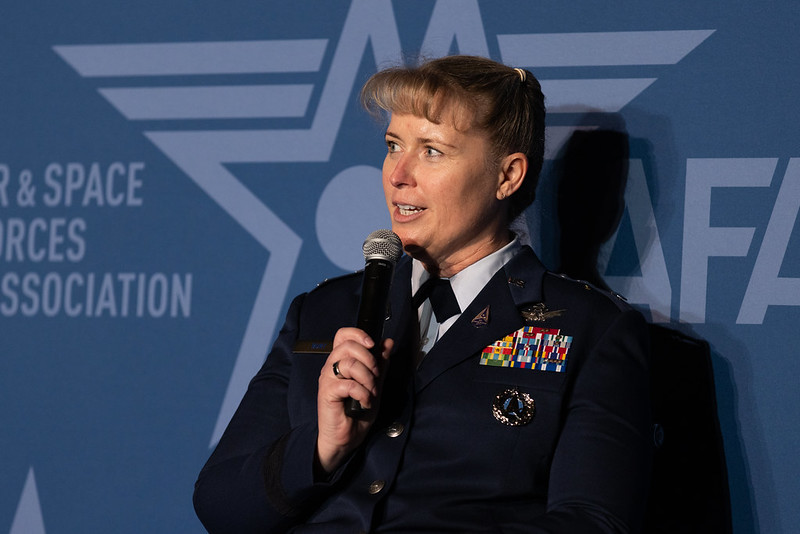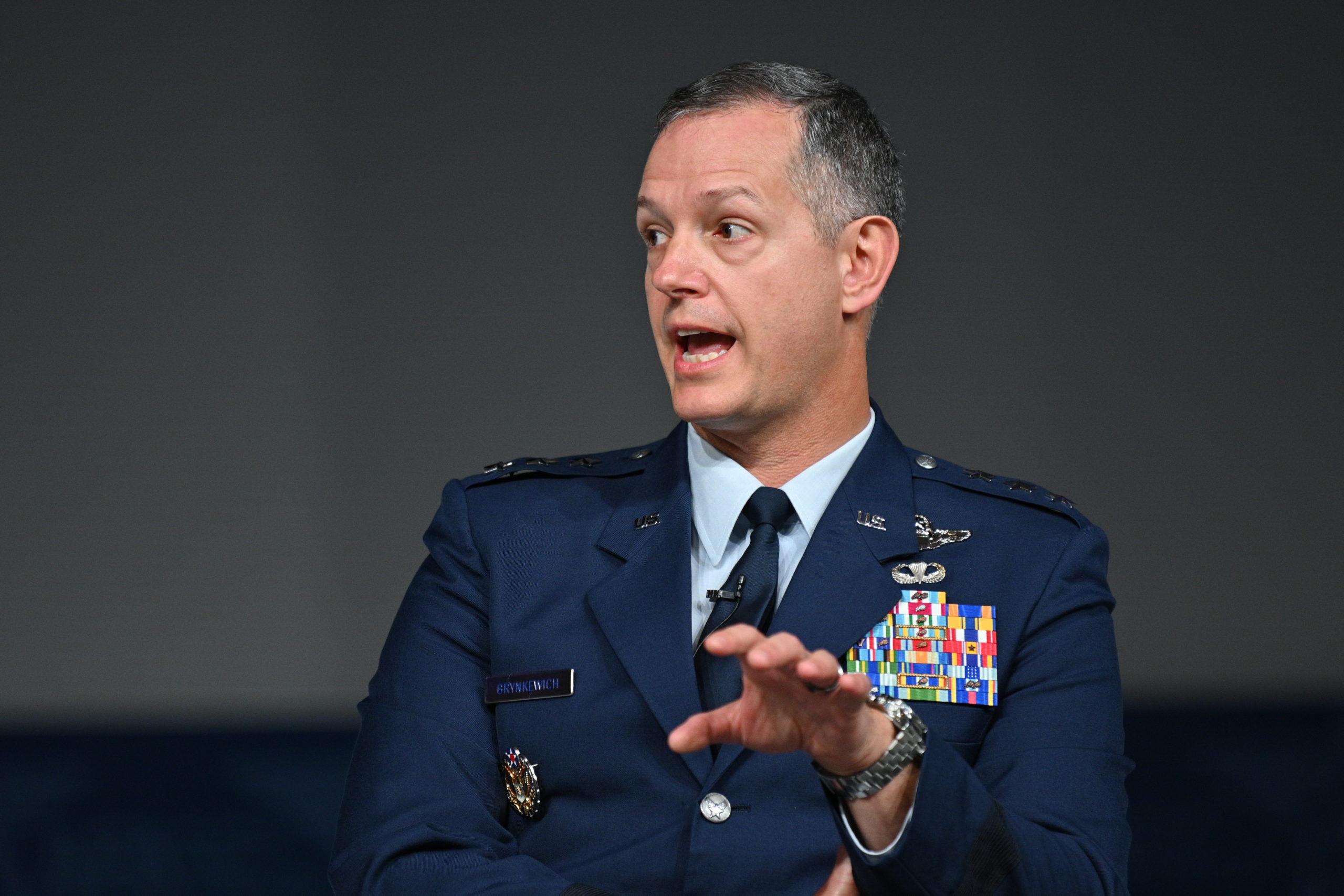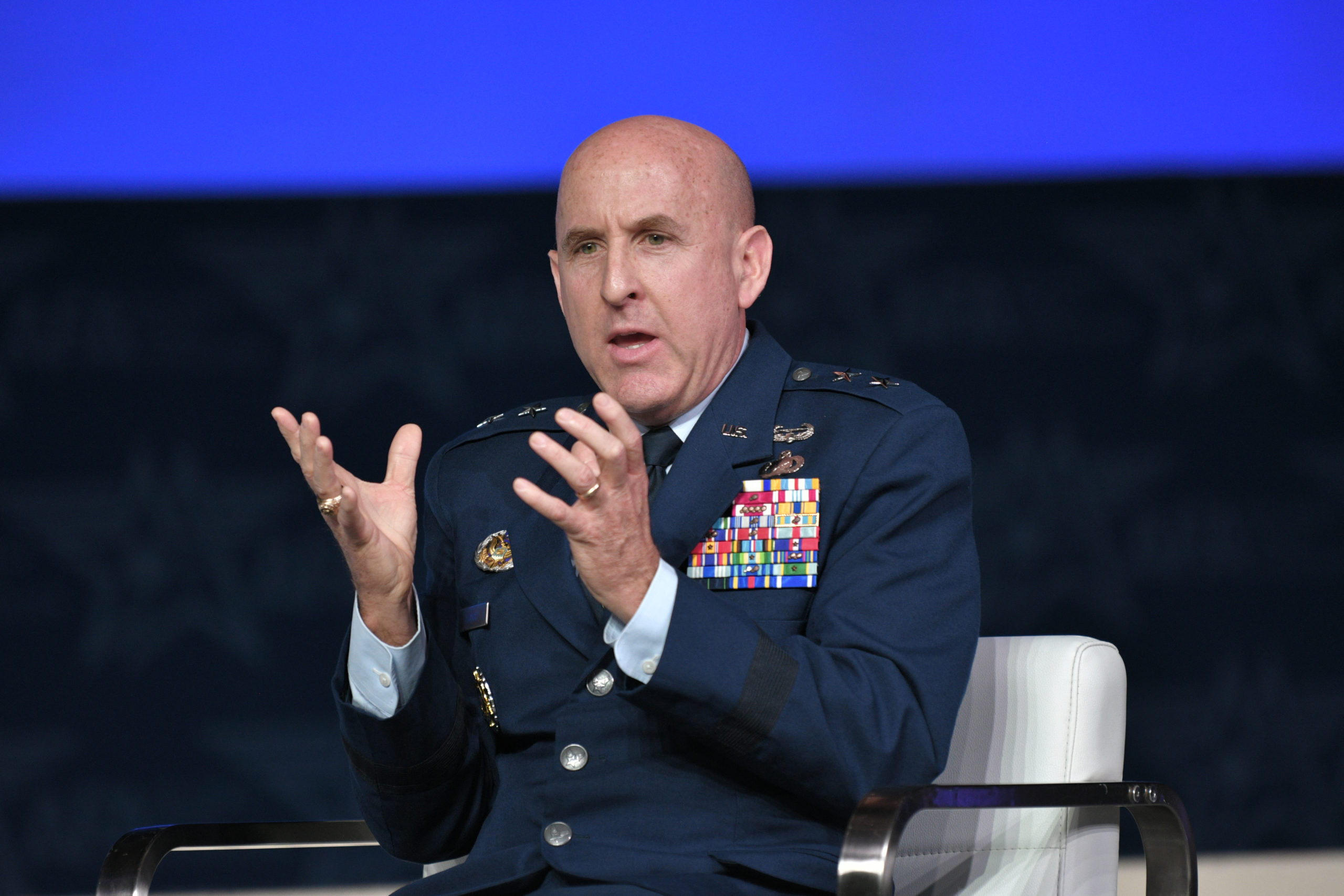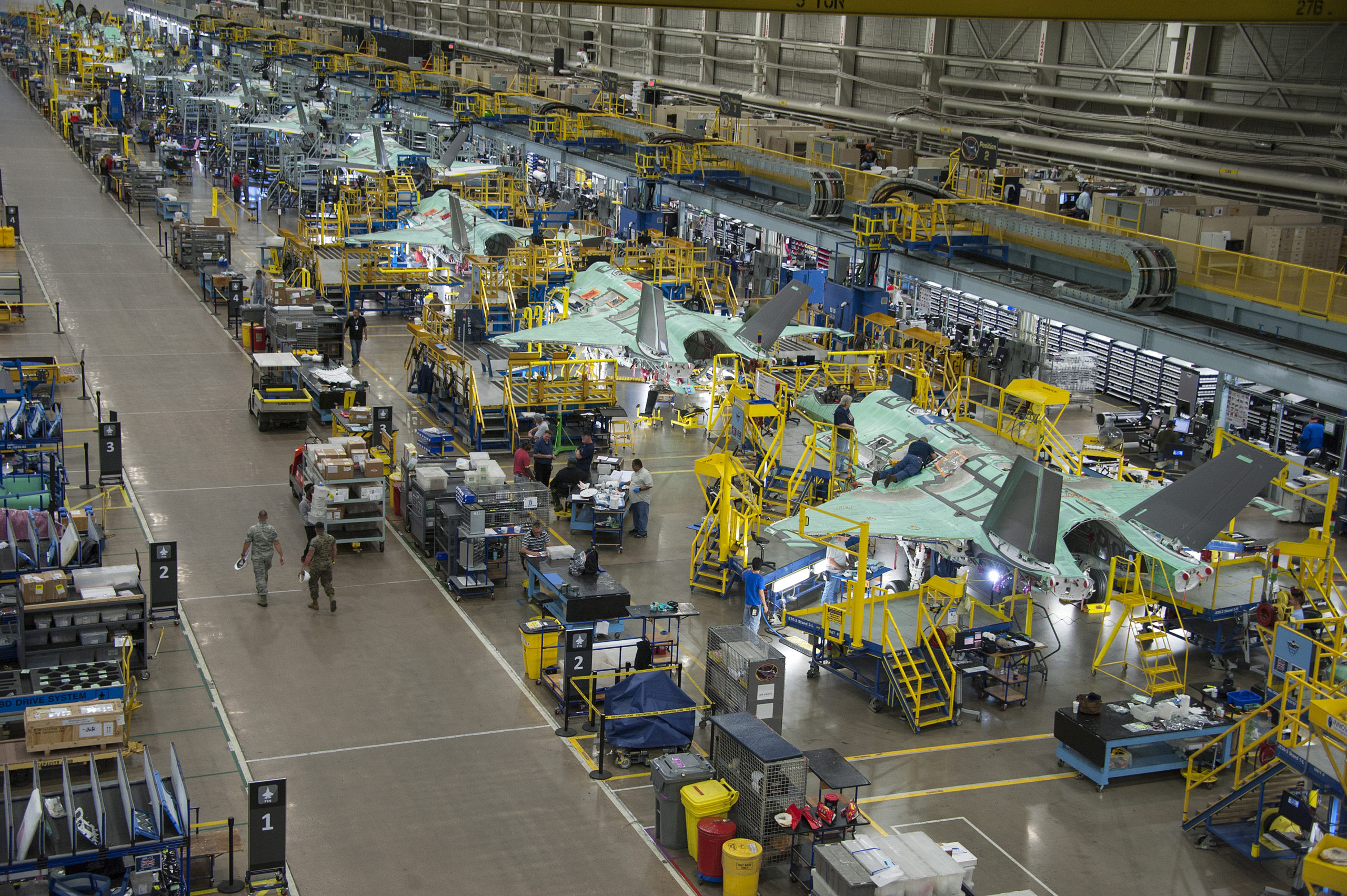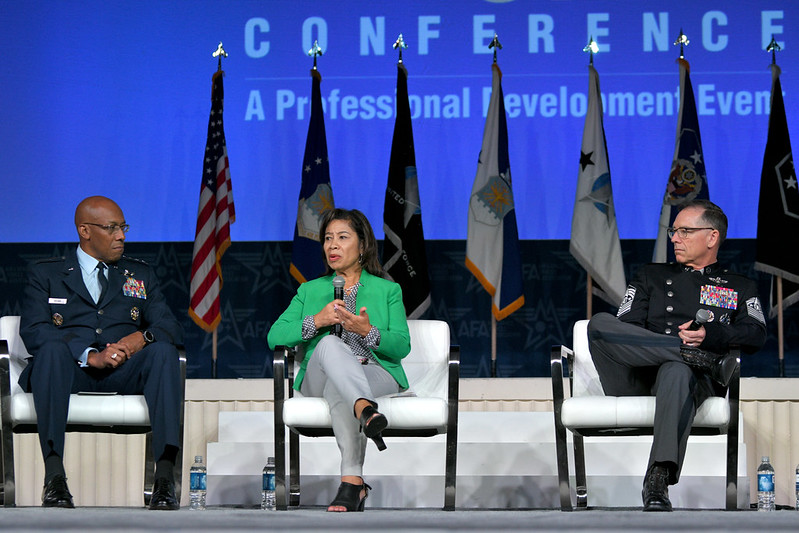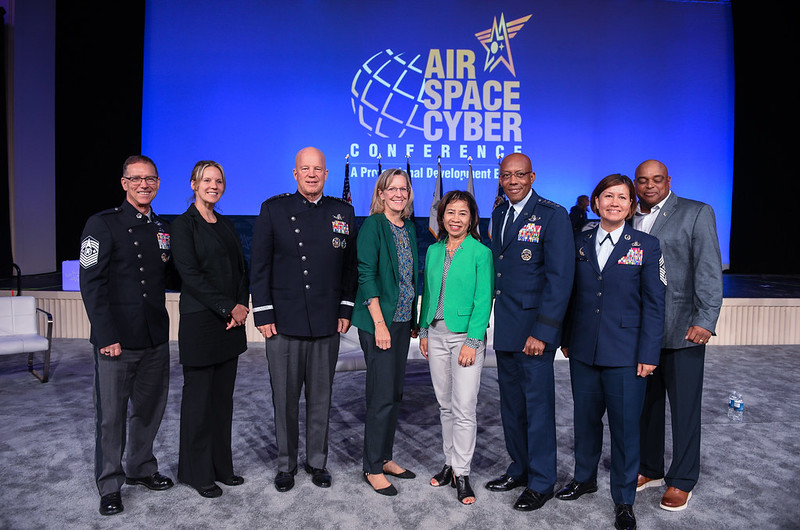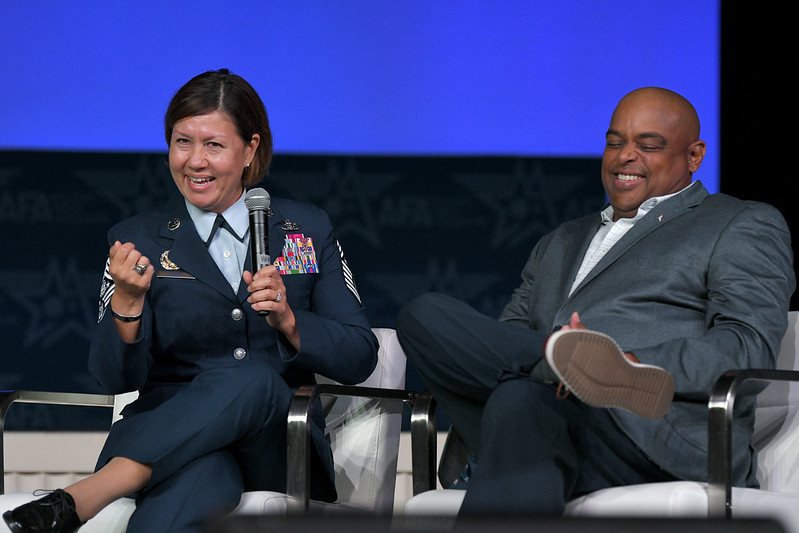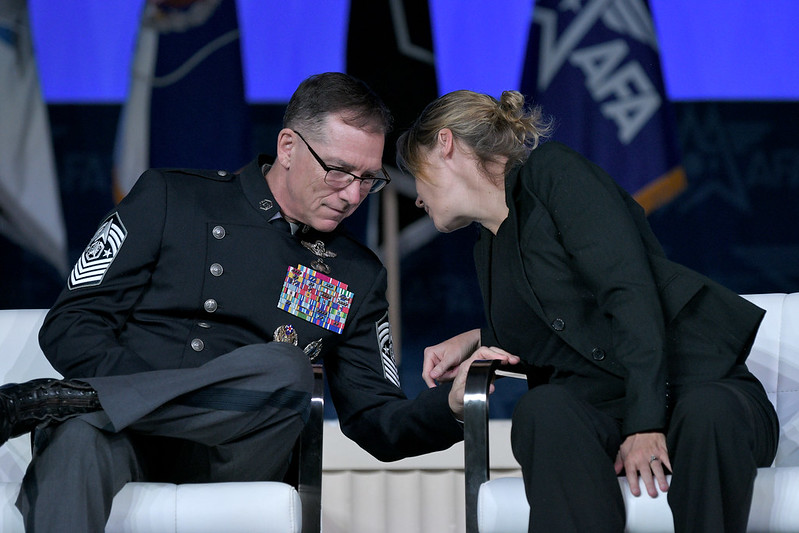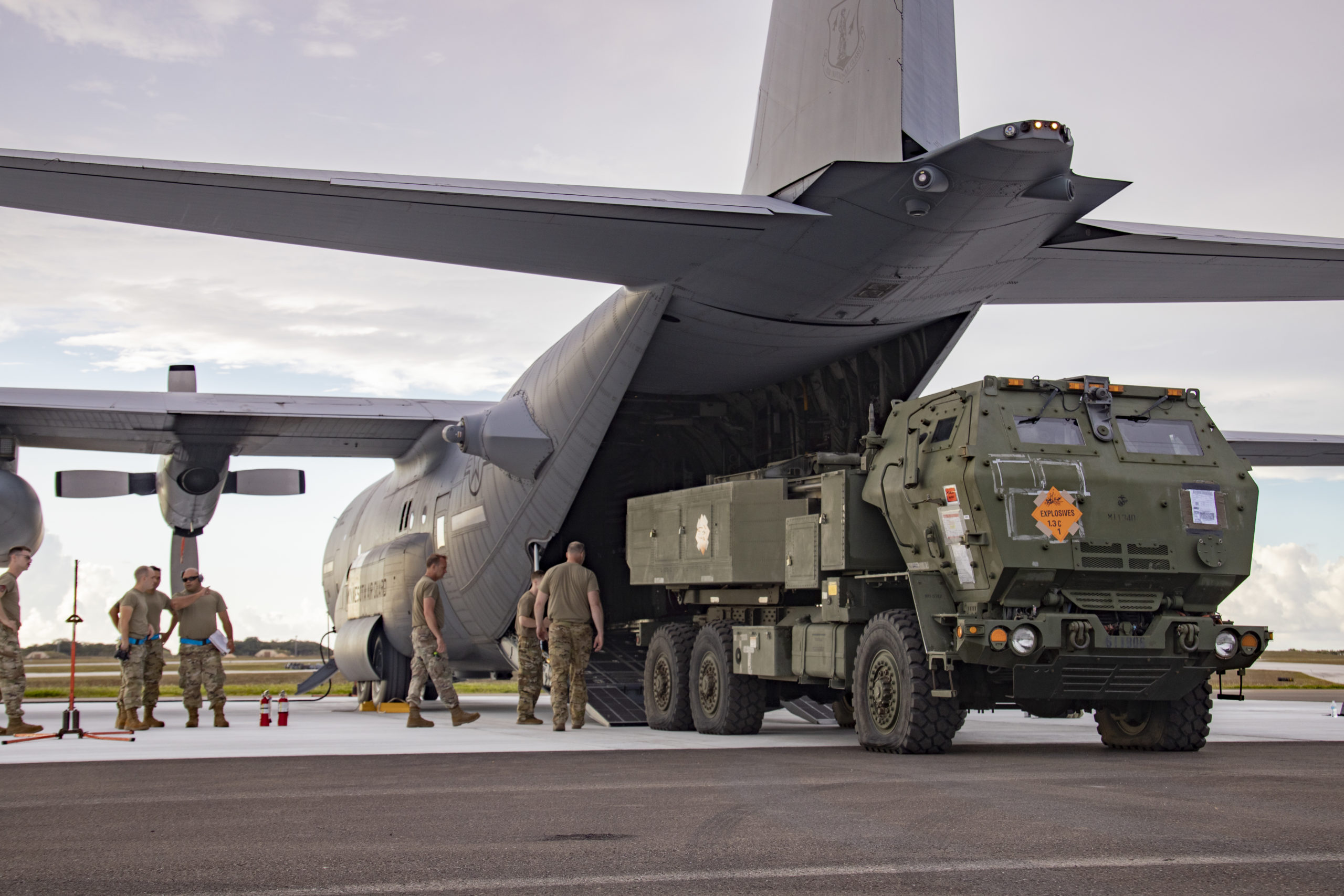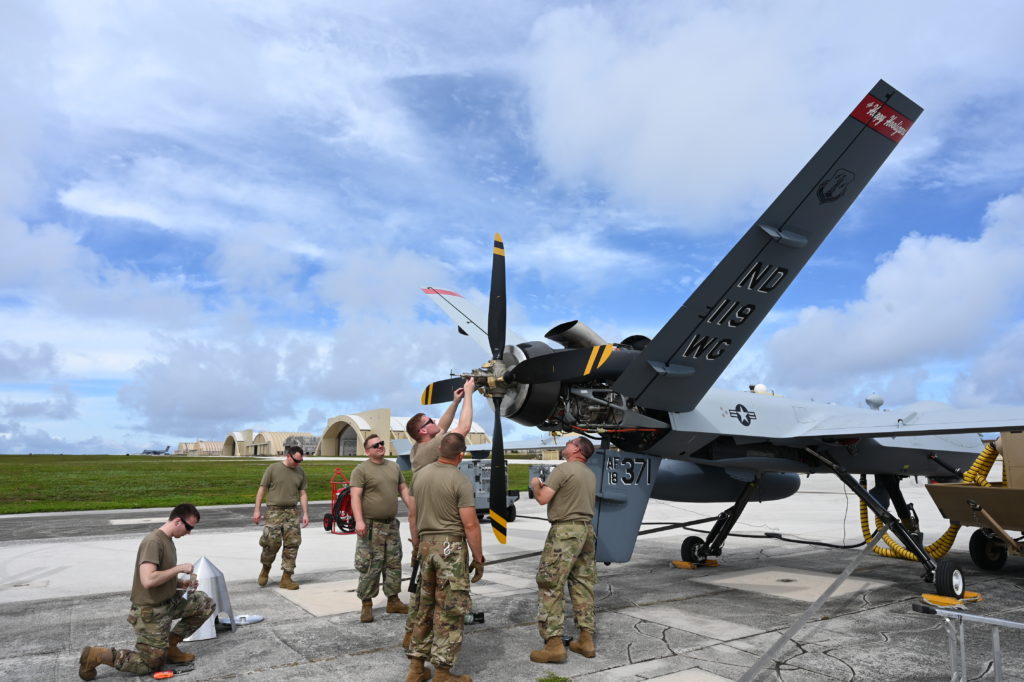Non-mission essential personnel have been ordered to evacuate MacDill Air Force Base, Fla., by noon of Sept. 27, and aircraft are being flown out of the base as Hurricane Ian gathers strength and threatens to hit Florida later this week.
Elsewhere on Florida’s Gulf coast, officials at Eglin Air Force Base plan to evacuate fighter and trainer aircraft on Sept. 27, and other USAF bases in the region remain on heightened alert in advance of the storm’s arrival.
MacDill, located in the Tampa Bay region, hosts the headquarters of U.S. Central Command and U.S. Special Operations Command, as well as KC-135s as part of the 6th Aerial Refueling Wing, and U.S. Army UH-60s. Most of those aircraft are being evacuated, an Air Force spokeswoman told Air & Space Forces Magazine. The KC-135 aircraft that are leaving are going to either Fairchild Air Force Base, Wash., or Bangor Air National Guard Base, Maine.
“Our fleet of KC-135s Stratotankers are a strategic national asset. We will continue to protect them and the service members who ensure their success,” Col. Adam D. Bingham, commander of the 6th ARW, said in a statement.
Meanwhile, officials at Eglin Air Force Base are planning to fly their F-35s to Barksdale Air Force Base, La., and their F-22s and T-38s to Maxwell Air Force Base, Ala., on Sept. 27, an Air Force spokeswoman said.
Both MacDill and Eglin have evacuated aircraft in advance of storms before. In 2021, MacDill sent its KC-135s to McConnell Air Force Base, Kan., in anticipation of Tropical Storm Elsa. In 2004, Eglin evacuated fighters in advance of Hurricane Ivan.
But while Eglin leaders have not yet ordered an evacuation of personnel, Bingham made the decision for a limited evacuation of MacDill, which lies entirely within Evacuation Zone A, on Sept. 6.
The order includes service members, civilian employees, and their dependents who live in areas designated Evacuation Zone A in Hillsborough, Manatee, and Pinellas counties. In addition, those who reside in Zone B in those counties, as well as residents of Zone C in Pinellas County, can also evacuate and receive reimbursements for their travel.
Another evacuation order for those in Zones A, B, and C in Pasco County will take effect at 8 a.m. Sept. 27.
“To ensure mission-essential personnel are available for base preparations, military members and base civilian employees must receive approval for departure from their chain of command via supervisory channels,” according to a post to MacDill’s official Facebook page. Commanders are being instructed to release non-mission essential personnel as quickly as possible.
As of 2 p.m. Sept. 26, the National Hurricane Center’s forecast for Ian shows it becoming a major hurricane in the Gulf of Mexico by Tuesday, Sept. 27, and potentially making landfall in central Florida by 8 a.m. Thursday, Sept. 29.
Local and state officials are warning residents to prepare for high winds, heavy rain, and a storm surge along the coast. The Tampa Bay region in particular, where MacDill is located, is bracing for impact, though there is still uncertainty about the storm’s path.
MacDill is currently at Hurricane Condition Level 3, according to its website, meaning destructive winds in excess of 58 miles per hour are possible within 48 hours.
Eglin Air Force Base, along with Hurlburt Field, is currently at HURCON 5, meaning destructive winds could arrive within 96 hours. Tyndall Air Force Base is at HURCON 4, meaning such winds are possible within 72 hours.
For Tyndall in particular, the threat of a storm comes as the base is still recovering from the devastating effects of Hurricane Michael in 2018. The Category 5 storm inflicted what officials called “catastrophic damage” on the base, severely damaging or destroying 95 percent of the base’s 1,300 structures, requiring several billion dollars’ worth of remediation.

